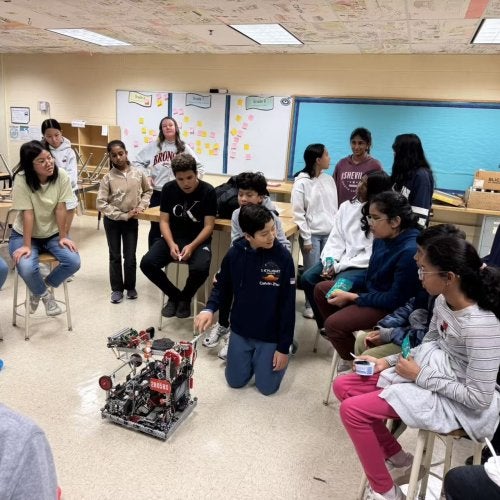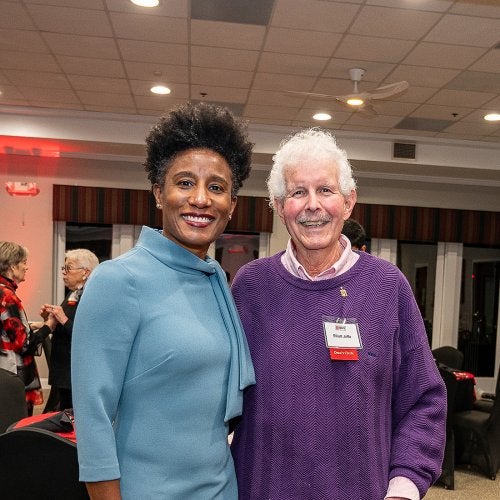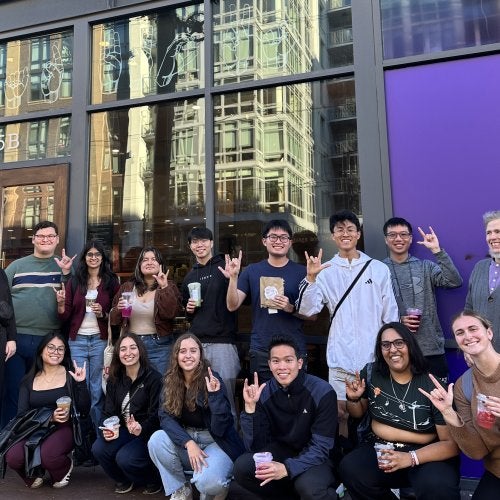WEB NEWS RELEASE
COLLEGE PARK, MD (April 2011) Nidhi Kohli, a fifth year doctoral student in Department of Measurement, Statistics & Evaluation is the 2011 Educational Statisticians SIG Graduate Student Paper award winner. The title of her paper is Modeling Growth in Latent Variables Using a Piecewise Function.
Nidhi submitted the paper to the Educational Statisticians Special Interest Group (SIG) of AERA (American Educational Research Association) for the outstanding student paper award. This is a competitive award, as papers are judged by the SIG's award committee based on the quality of scholarship, as well as its potential impact on educational quantitative research.
She received an honorarium at the SIG business meeting on Saturday, April 9, 2011 during the 2011 AERA conference in New Orleans, Louisiana.
Department of Measurement, Statistics and Evaluation Chair Dr. Gregory R. Hancock and Assistant Professor Jeffrey R. Harring are Nidhis co-advisors for her dissertation studies.
Professor Harring said "As a quantitative methodologist, Nidhi has grown tremendously especially in the last two years. Her paper, Modeling Growth in Latent Variables Using a Piecewise Function, distills some of the thinking that Nidhi has done on growth modeling of developmental processes encountered in the social and behavioral sciences. These modeling ideas have provided the foundation for Nidhi's dissertation research. I am very proud of her accomplishments!"
Nidhi's career aspiration is to obtain a position at a university teaching and researching.
Growth in Latent Variables Using a Piecewise Function Abstract:
Latent growth curve (LGC) models with piecewise functions for continuous repeated measures data have become increasingly popular and versatile tools for investigating individual behavior that exhibits distinct phases of development in observed variables. As an extension of this framework, this research study considers a piecewise function for describing segmented change of a latent construct over time where the latent construct is itself measured by multiple indicators gathered at each measurement occasion. The time of transition from one phase to another is not known a priori, and thus, is a parameter to be estimated. Maximum likelihood estimation of the model will be described and M/plus/6.1 will be used to fit the model. An empirical example will be presented to illustrate the utility of the model and annotated M/plus/code is provided in the Appendix to aid in making this class of models accessible to practitioners.
You may view her entire paper here
-end-
For more information on the College of Education, visit: www.education.umd.edu
or contact
Halima Cherif, Assistant Director for Communications, at: hcherif@umd.edu



